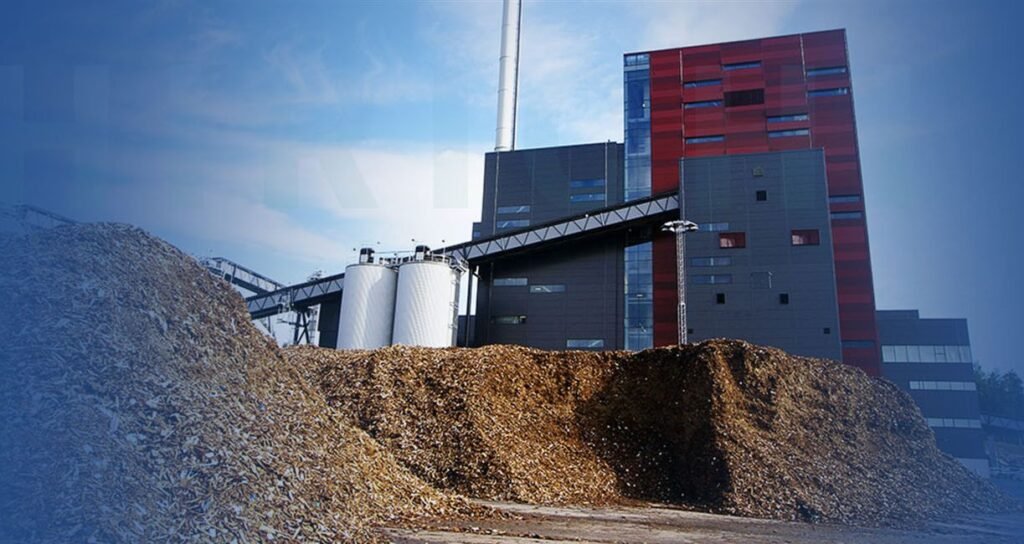The wood pellet industry has experienced remarkable growth worldwide, with China and the United States emerging as two leading players in this sector. However, the costs associated with establishing and operating wood pellet mill plants can vary significantly between these two countries. This article examines the primary factors contributing to these cost differences and provides a comprehensive comparison of wood pellet mill plant costs in China and the United States.
Key Factors Influencing Cost Differences
Equipment Manufacturing Costs
China is renowned for its lower manufacturing costs, which substantially affect the price of wood pellet mill equipment. Chinese manufacturers like KMEC and GEMCO Energy can produce pellet mills at reduced prices due to cheaper labor and raw materials. In contrast, U.S. manufacturers such as Bliss Industries and Alaska Pellet Mill generally have higher production costs, resulting in more expensive equipment.
Labor Costs
Labor costs in China are typically much lower than in the United States, impacting both equipment manufacturing and the operational expenses of running a wood pellet mill plant.
Raw Material Availability and Cost
The availability and cost of raw materials, such as wood waste and sawdust, can differ between the two countries, influencing overall production costs.
Energy Costs
Energy prices show considerable variation between China and the United States, which affects the operational costs of wood pellet plants.
Regulatory Environment
The United States generally has stricter environmental and safety regulations, which can increase both initial setup costs and ongoing operational expenses.
Land and Construction Costs
The costs of land and construction can differ significantly between the two countries and even within various regions of each country. (Related post:wood pelletizer for sale )

Cost Comparison
Initial Investment Costs
China:
- Equipment Cost: A 5 t/h wood pellet production line in China may cost between $200,000 and $500,000.
- Land and Construction: Depending on location, this could range from $100,000 to $300,000.
- Total Initial Investment: Approximately $300,000 to $800,000.
United States:
- Equipment Cost: A comparable 5 t/h production line in the U.S. could cost between $500,000 and $1,000,000.
- Land and Construction: This could range from $300,000 to $700,000, depending on location.
- Total Initial Investment: Approximately $800,000 to $1,700,000.
Operational Costs (Annual)
China:
- Labor: For a 5 t/h plant, annual labor costs might be around $50,000 to $100,000.
- Raw Materials: Approximately $500,000 to $700,000 per year.
- Energy: Around $100,000 to $150,000 annually.
- Maintenance: $20,000 to $40,000 per year.
- Total Annual Operational Cost: Approximately $670,000 to $990,000.
United States:
- Labor: Annual labor costs could be around $200,000 to $300,000.
- Raw Materials: Approximately $600,000 to $800,000 per year.
- Energy: Around $150,000 to $200,000 annually.
- Maintenance: $30,000 to $50,000 per year.
- Total Annual Operational Cost: Approximately $980,000 to $1,350,000.
Production Capacity and Efficiency
While initial and operational costs are generally lower in China, it is crucial to consider production efficiency and quality:
- Chinese equipment manufacturers like KMEC claim that their pellet mills can increase output by 15% compared to similar machines using belt-convey systems.
- U.S. manufacturers often highlight the durability and long-term reliability of their equipment, which may lead to lower maintenance costs and an extended equipment lifespan.
Technology and Automation
Chinese manufacturers are rapidly advancing in automation and technology. Companies like GEMCO Energy offer highly automated production lines featuring variable-frequency motors and automatic weighing systems. Meanwhile, U.S. manufacturers often lead in innovative technologies and may provide more advanced control systems and quality assurance features.
Environmental Compliance Costs
Environmental compliance costs are typically higher in the United States due to stricter regulations, adding significant expenses to both initial setup and ongoing operations. While China is improving its environmental standards, compliance costs are generally lower, contributing to the overall reduced cost of wood pellet production.
Market Access and Transportation Costs
The cost advantage of Chinese production may be countered by higher transportation costs when exporting to international markets. Conversely, U.S. producers may enjoy a cost advantage when serving the domestic market or exporting to neighboring countries.
Long-term Considerations
Although initial and operational costs are generally lower in China, several factors must be considered for long-term cost-effectiveness:
- Quality and Durability: Higher-priced U.S. equipment may offer better long-term value through increased durability and lower maintenance expenses.
- Technological Advancements: Both countries are continually improving their technologies, which may influence long-term operational costs and efficiency.
- Market Trends: Changes in raw material availability, energy costs, and labor markets in both countries could impact future cost dynamics.
- Regulatory Changes: Evolving environmental regulations, particularly in China, may narrow the cost gap over time.
Conclusion
The cost difference for establishing and operating a wood pellet mill plant between China and the United States is substantial. Initial investment costs in China can be 40-50% lower than in the United States, while annual operational costs in China may be 30-40% lower.
However, these cost advantages should be evaluated against factors such as product quality, equipment durability, technological advancements, and long-term market access. Additionally, as China continues to develop and implement stricter environmental regulations, the cost gap may narrow in the future.
Investors and operators must carefully weigh these factors, along with their specific market requirements and long-term business strategies, when choosing between Chinese and U.S. options for wood pellet mill plants. While the lower costs in China are appealing, decisions should not be based solely on initial prices but should consider the total cost of ownership and long-term operational considerations.

